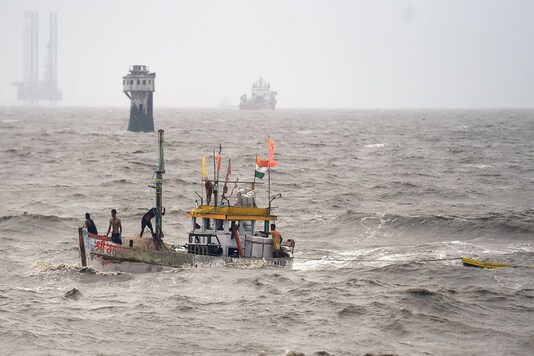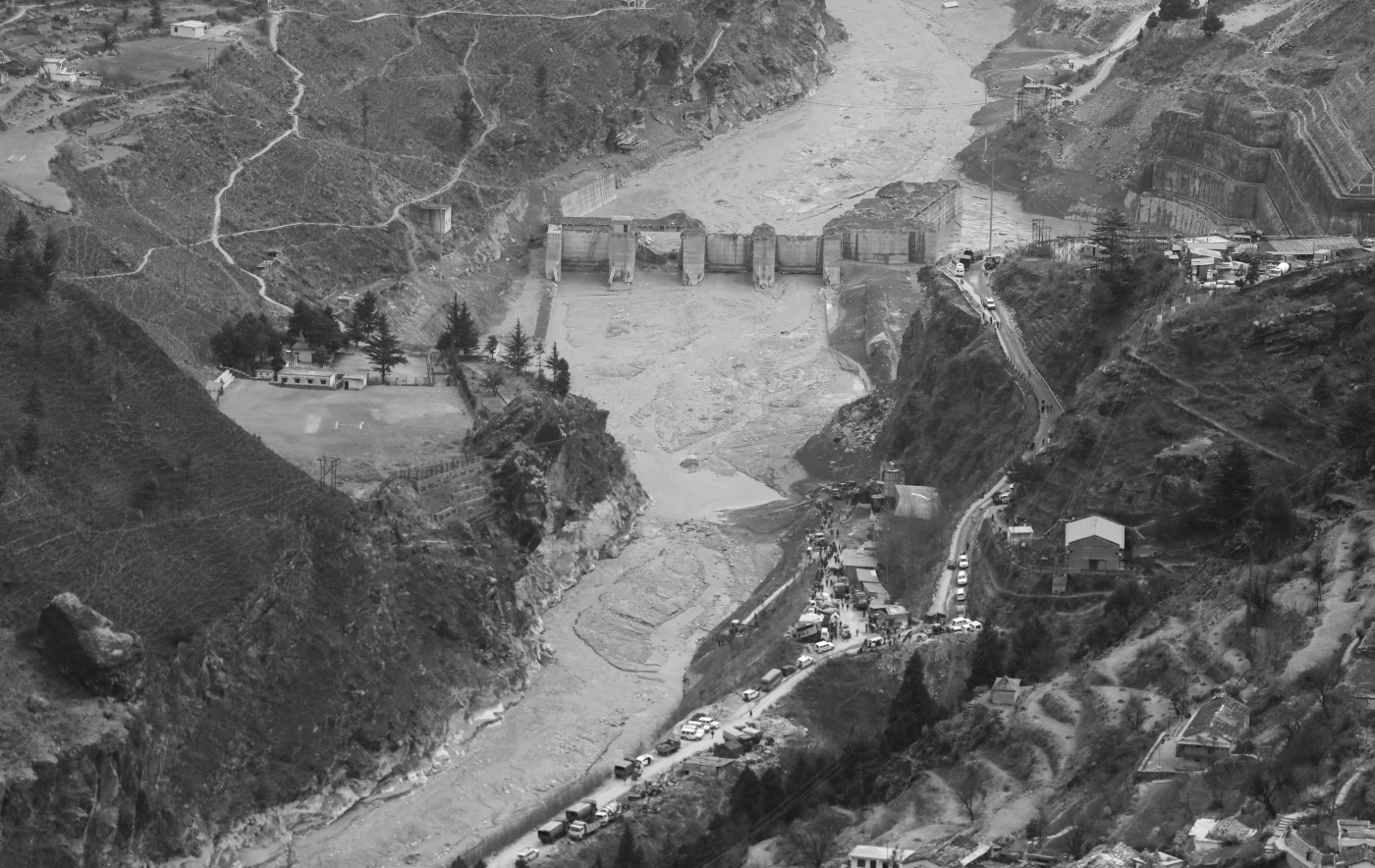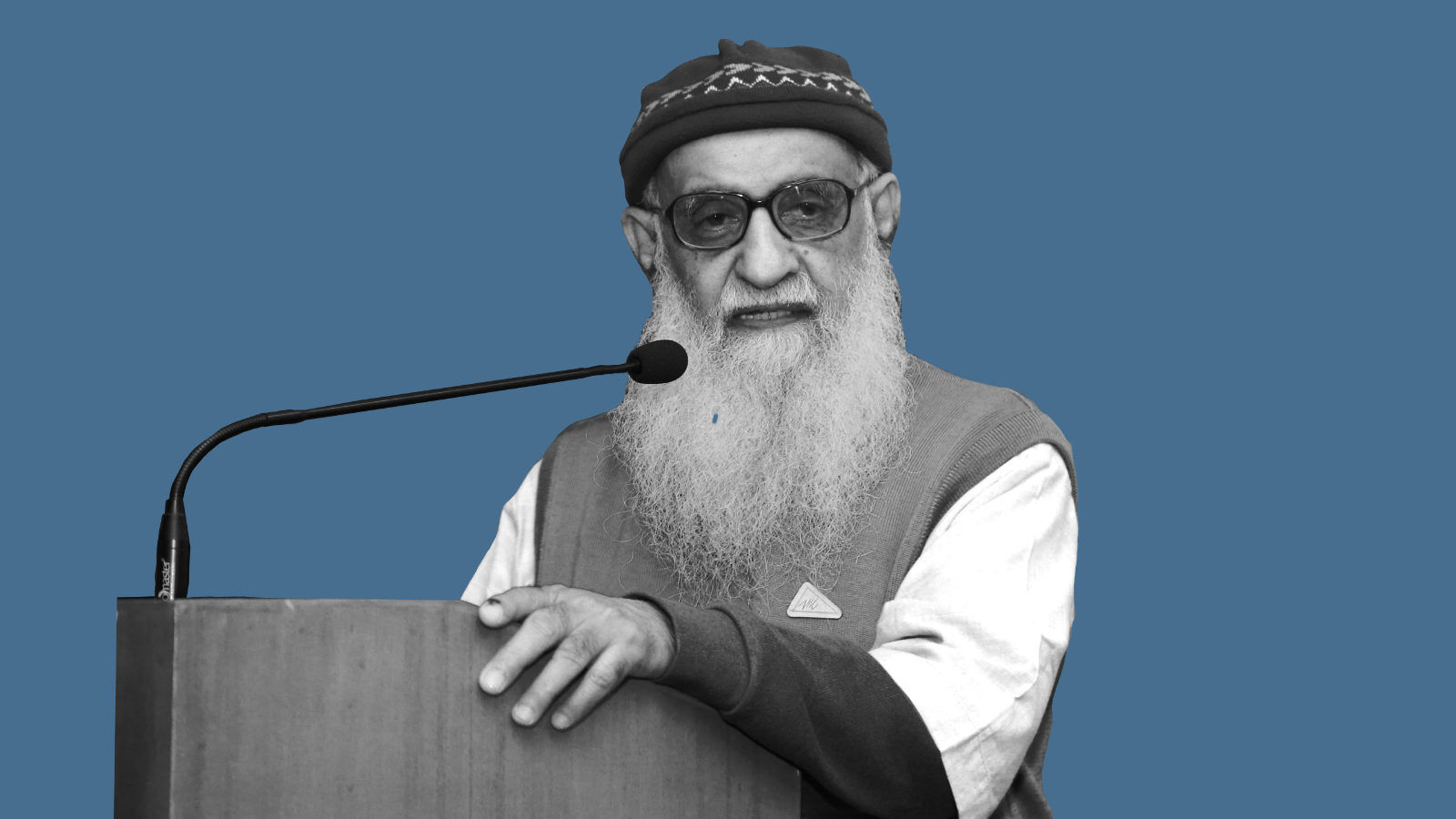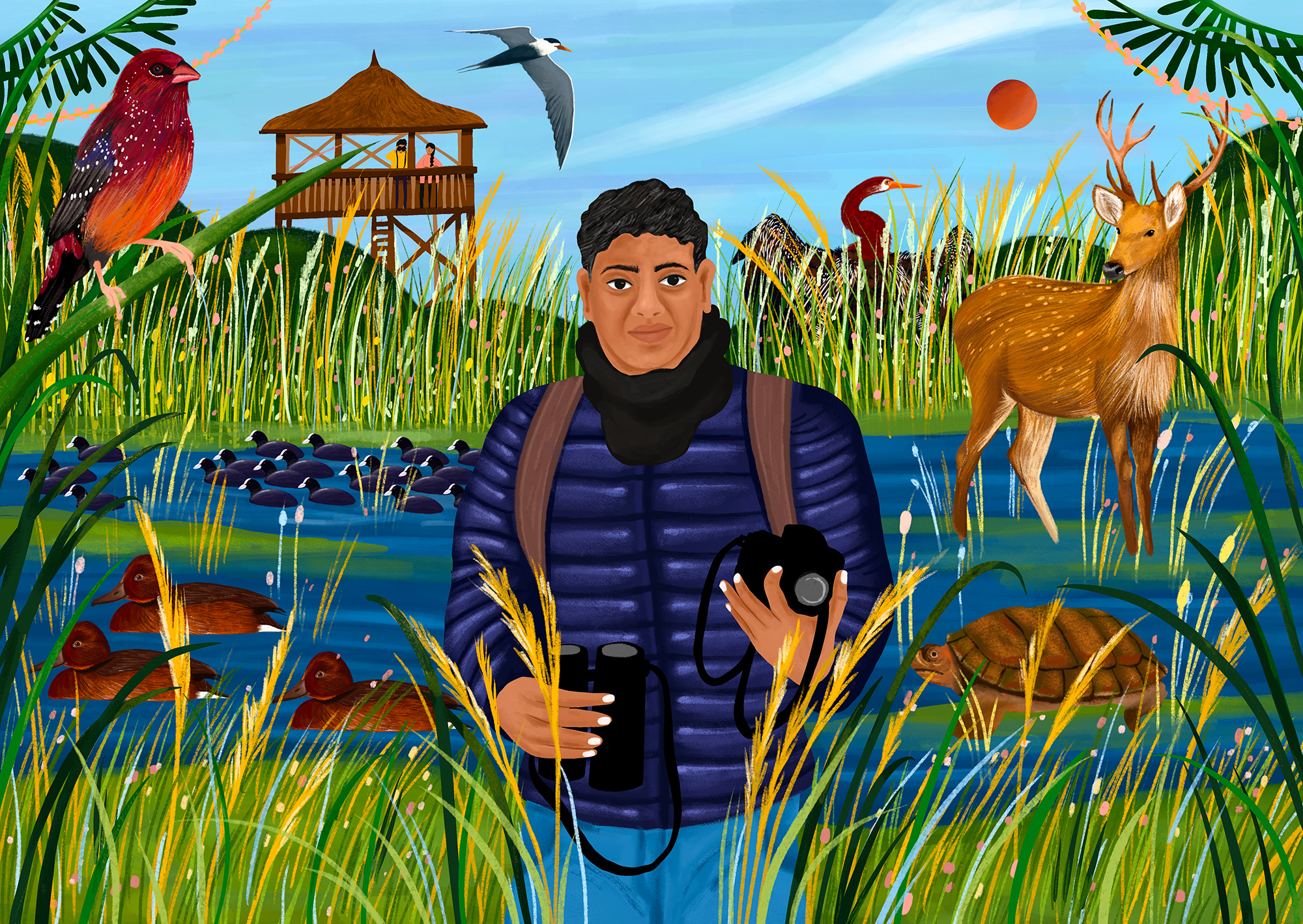The biggest damage—apart from loss of lives—is the collapse of vital infrastructure, such as electric poles and mobile towers, cutting off affected areas from the rest.

An extremely severe cyclonic storm (ESCS) ravaged all five states on the western coast, causing maximum devastation in Gujarat, through May 17 and 18. And even as the after-effects of Cyclone Tauktae—which originated near Lakshadweep Islands in the Arabian Sea—are still being felt in northern India, there is another storm brewing in the Bay of Bengal that will likely make a landfall around May 23.
Government data, from several scientific studies between 1965 and 2020 on cyclones, has shown a decreasing trend in the frequency of formation of cyclonic storms over the Bay of Bengal and an increasing trend over the Arabian Sea. This is because the Arabian Sea, generally considered cooler than the Bay of Bengal, is heating up substantially due to changing climatic conditions.
The ‘Assessment of Climate Change over the Indian Region’ report of June 2020 has a chapter on ‘Extreme Storms’ that observes that the tropical cyclone changes during the 1951–2018 period (relative to pre-1950 period) indicate that there is a rise in severe category tropical storms by 49 per cent (relative to pre-1950 period) in the Bay of Bengal region, and 52 per cent in the Arabian Sea region. Observations also indicate a growing concern vis-à-vis the rising number and severe tropical cyclones in the Arabian Sea region in the recent years. Six of the 11 tropical cyclones in the Arabian Sea reached greater severity during the 2000-2018 period.
In view of these predictions, the onus is on the central government, the state governments, the local governments, and communities to increase disaster preparedness with mitigation measures. Mapping hazards (which some states have done), improved forecasting and actionable input for community-level leadership are the key for survival in the face of such extreme storms. Most states have a disaster management plan at the state level but not at the district level.
An independent analysis released on Wednesday, May 19, by the Council on Energy, Environment and Water (CEEW) states that 29 districts in Gujarat, especially those in Saurashtra region, are vulnerable to intensified cyclones and storm surges, which have increased three-fold between 1970 and 2019.
Arunabha Ghosh, CEO, CEEW, said, “Cyclone Tauktae has once again brought the climate crisis to the forefront during the ongoing pandemic. With rising frequency and intensity, it won’t be the last. Climate-vulnerable states such as Gujarat need to have a razor-sharp focus on building climate resilience, especially at the local and regional levels.”
FORECASTING: SCOPE AND IMPROVEMENT
There is a widespread belief that cyclone forecasting has improved manifold since the Super Cyclone of Odisha in 1999 that saw almost 10,000 deaths; and the efforts of various agencies are much more coordinated. The almost real-time tracking of the cyclone makes it easier for disaster management units on the ground to plan and implement evacuations before and rescue operations after the cyclones.
As has happened at several places along the coastal areas, people did know about the approaching cyclone but few were aware of the exact damage area or the impact area. For instance, several mango growers in the Konkan area of Maharashtra who were yet to pluck their mangoes from their orchards suffered massive losses due to Cyclone Tauktae.
IMD needs to keep its equipment updated and maintained. As reported by Mumbai papers, this is the third time in five years that the Doppler radar at Mumbai was non-functional even as the cyclone brushed past the megalopolis. At several places, IMD’s automatic weather stations (AWS) and rain gauges are malfunctioning. There are several buoys missing from the Bay of Bengal that need to be replaced with functional buoys. Therefore, there is just no room for complacency.
PREVENTING OR MINIMISING DAMAGE
As Cyclone Tauktae traversed north-northeast, Kerala, Karnataka, Goa, Maharashtra, and Gujarat, all five states witnessed widespread rainfall and high-speed winds in the coastal areas, leading to heavy damage. Gujarat that lay on the path of the cyclone suffered the most.
The biggest damage—of course, apart from loss of lives—is the collapse of vital infrastructure, such as electric poles and mobile towers. In places such as Gandhinagar, the state capital, power supply or mobile network are restored faster but rural areas can remain without power for 3-4 days. Almost 70,000 electric poles were damaged in Gujarat; at several places, mobile network went bust, especially in rural areas. Vimal Mishra, Associate Professor, Earth Sciences, Indian Institute of Technology (IIT), Gandhinagar, said maintaining critical infrastructure will be a challenge in the times to come.
Tin shades or shanties fly away due to excessive wind speed and people are left out in the open, in rain, in dark, all the time. Storm surges, tidal water ingress, excess backwater inflow and, of course, flooded rivers due to excess precipitation add to the problems for those near these coasts. At some places, even the rooftop solar panel installations were damaged.
“New building codes need to be devised keeping in view the possibility of cyclones and flooding. Just as there are earthquake-resistant buildings, now we need multi-hazard-resilient building designs and they must be affordable for every category,” K.C. Tiwari, retired professor from M.S. University, Vadodara, tells me over phone. He had conducted courses on disaster management before retiring last year.
Solar Energy Society of India (SESI) is a pan-India organisation that promotes solar energy in multiple day-to-day usage. “A solar lantern comes handy when there is no power supply after such a disaster. It also has a provision for mobile charging. It can keep one’s mobile charged enough to use in emergency, to indicate the help needed, to ask for relief material, and to inform/enquire the safety of loved ones,” says Prafulla Pathak, president of SESI in Delhi.
Pathak, in fact, suggests keeping such solar lanterns ready at the panchayat level and distributing them to residents as soon as cyclone warnings are issued. People can get these charged before the clouds and rains arrive. This can be most useful in remote villages, tribal hamlets and small tourist places.
All these can and must be done to help the vulnerable communities. But what if the very intensity of the damage from cyclone can be checked? Humans cannot prevent the cyclone, but surely can minimise damage. Need of the hour is to strike a balance between environment and development.
Dr Roxy Mathew Koll, a climate scientist with the Indian Institute of Tropical Meteorology (IITM), Pune and a lead author of the Inter-governmental Panel on Climate Change (IPCC) reports has a traditional yet effective suggestion, if only policy makers lap it up. “One way to reduce the impact of extreme weather events is to work on our natural defences such as mangroves. Historically, Mumbai and Goa had a lot of mangroves—we can bring them back—they can reduce the impact of cyclones and floods,” said Koll.
Unfortunately, neither state on the western coast has a satisfactory track record when it comes to conservation of mangroves.
(This was first published by News18 on May 20, 2021 and you can read it here.)



